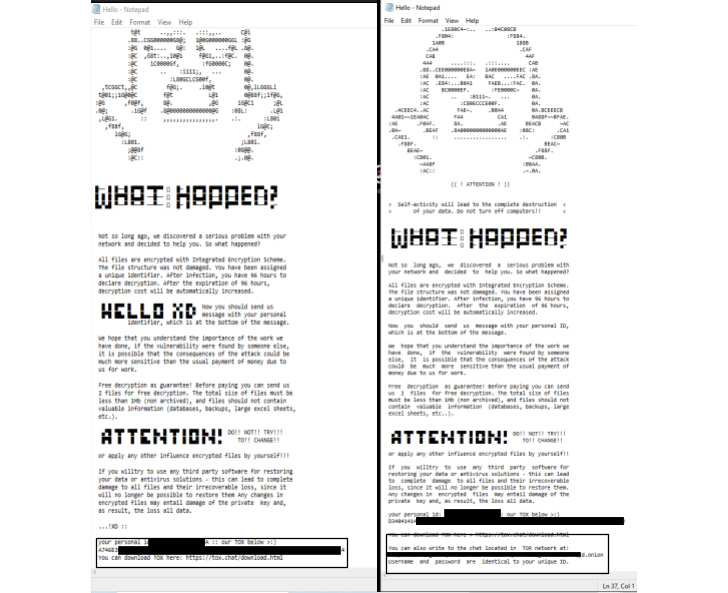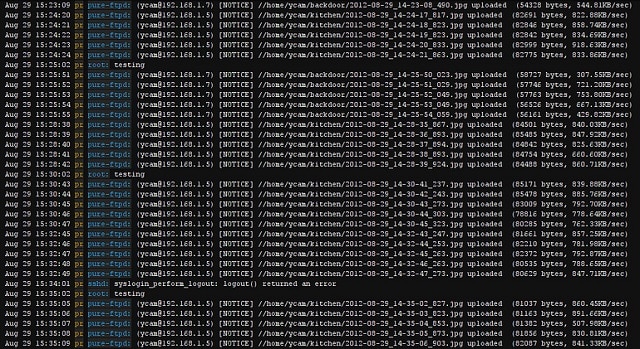
Windows and Linux systems are being targeted by a ransomware variant called HelloXD, with the infections also involving the deployment of a backdoor to facilitate persistent remote access to infected hosts.
“Unlike other ransomware groups, this ransomware family doesn’t have an active leak site; instead it prefers to direct the impacted victim to negotiations through Tox chat and onion-based messenger instances,” Daniel Bunce and Doel Santos, security researchers from Palo Alto Networks Unit 42, said in a new write-up.
HelloXD surfaced in the wild on November 30, 2021, and is based off leaked code from Babuk, which was published on a Russian-language cybercrime forum in September 2021.
The ransomware family is no exception to the norm in that the operators follow the tried-and-tested approach of double extortion to demand cryptocurrency payments by exfiltrating a victim’s sensitive data in addition to encrypting it and threatening to publicize the information.
The implant in question, named MicroBackdoor, is an open-source malware that’s used for command-and-control (C2) communications, with its developer Dmytro Oleksiuk calling it a “really minimalistic thing with all of the basic features in less than 5,000 lines of code.”

Notably, different variants of the implant were adopted by the Belarusian threat actor dubbed Ghostwriter (aka UNC1151) in its cyber operations against Ukrainian state organizations in March 2022.
MicroBackdoor’s features allow an attacker to browse the file system, upload and download files, execute commands, and erase evidence of its presence from the compromise machines. It’s suspected that the deployment of the backdoor is carried out to “monitor the progress of the ransomware.”
Unit 42 said it linked the likely Russian developer behind HelloXD — who goes by the online aliases x4k, L4ckyguy, unKn0wn, unk0w, _unkn0wn, and x4kme — to further malicious activities such as selling proof-of-concept (PoC) exploits and custom Kali Linux distributions by piecing together the actor’s digital trail.
“x4k has a very solid online presence, which has enabled us to uncover much of his activity in these last two years,” the researchers said. “This threat actor has done little to hide malicious activity, and is probably going to continue this behavior.”
The findings come as a new study from IBM X-Force revealed that the average duration of an enterprise ransomware attack — i.e., the time between initial access and ransomware deployment — reduced 94.34% between 2019 and 2021 from over two months to a mere 3.85 days.
The increased speed and efficiency trends in the ransomware-as-a-service (RaaS) ecosystem has been attributed to the pivotal role played by initial access brokers (IABs) in obtaining access to victim networks and then selling the access to affiliates, who, in turn, abuse the foothold to deploy ransomware payloads.
“Purchasing access may significantly reduce the amount of time it takes ransomware operators to conduct an attack by enabling reconnaissance of systems and the identification of key data earlier and with greater ease,” Intel 471 said in a report highlighting the close working relationships between IABs and ransomware crews.
“Additionally, as relationships strengthen, ransomware groups may identify a victim who they wish to target and the access merchant could provide them the access once it is available.”

















